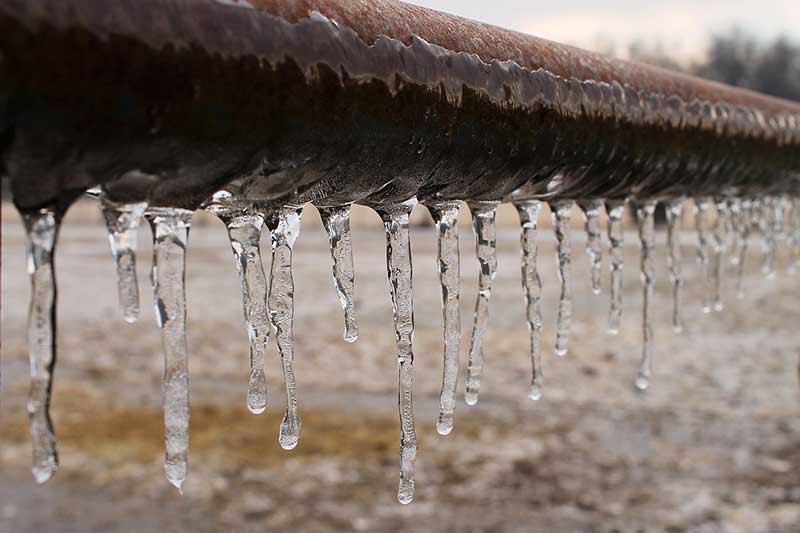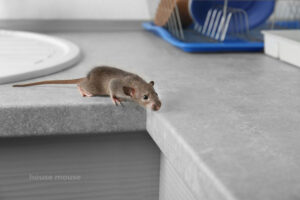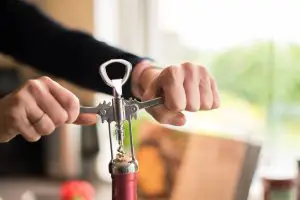This page may contain affiliate links. If you click and buy, we might get a small commission at no cost to you.
Frozen pipes are an all too common experience that can throw a wrench into your daily life. Not only can they prevent you from using your water, but they can also result in expensive water damage repair bills. That is why it is important to address frozen pipes as soon as possible. How long it takes for pipes to unfreeze will vary based on several factors. According to Rotorooter, it will typically take you about 30 minutes to unfreeze a pipe. Letting the pipe unfreeze itself isn’t recommended since it can take days for the pipe to unfreeze on its own.
Unfreezing your pipes
While 30 minutes is the typical amount of time it takes to unfreeze pipes, it can be more or less depending on the method used to unfreeze pipes. While unfreezing a pipe isn’t rocket science, it can be stressful and time-consuming. Once you have the pipes thawed, make sure to take some preventive measures to prevent the pipes from freezing in the future.
How to unfreeze pipes
Opening the faucet is the first step to unfreezing the pipes. This will help relieve the pressure on the pipes and let the water flow through as you unfreeze the pipes. Make sure to turn on both the hot and cold water handles.
Once you have the faucets open, begin the unfreezing process, starting at the faucets and work your way down the pipe using heat. A hair dryer, heat lamp, space heater, and even hot towels work to unfreeze pipes. You should never, however, use an open flame to thaw out pipes as this can increase the chance of a fire.
Taking a hair dryer to the frozen section of pipe is one of the fastest and easiest ways to unthaw a pipe, though it can be time-consuming standing there holding a hair dryer.
A space heater or heat lamp pointed towards the frozen pipe is another way to unthaw plumbing pipes. The heat from the heater and lamp does all the work without you having to stand there holding it like you would with a hair dryer. Keep in mind, however, that you should never leave a space heater or heat lamp unattended when on, since this can be a fire hazard.
Towels dampened with hot water and then wrapped around the pipe can also be used, though this method typically takes longer to unthaw the pipes. Another option is to use thermostatically controlled heat tape to unthaw the portion of frozen pipe. This option can be a bit expensive depending on how much of the pipe is frozen. If using heat tape, make sure to remove it once the freezing weather ends. Leaving it on year round is a fire hazard.
How to prevent pipes from freezing
One of the best defenses against frozen pipes is to stop them from freezing in the first place. Covering exposed plumbing pipes with pipe insulation is an easy and inexpensive way to reduce the chance of frozen pipes.
Pipe insulation is available at home improvement and hardware stores as well as on Amazon, and can be easily cut with a box cutter to fit any length. Just slip the insulation over the pipe to help protect it from low temps.
On days and nights when it is expected to be below freezing, consider opening the sink faucets just enough so they drip just a bit. This helps keep water moving in the pipes, and moving water takes longer to freeze.
Opening the doors of under-the-sink cabinets can also help, since it exposes those pipes to the warmer air circulating through your home. During this time, you should also consider turning your thermostat temperature up a bit and not allowing it to dip below 55-degrees Fahrenheit.
Will a frozen pipe burst?
While not all frozen pipes burst, the possibility of the pipe bursting does increase when it has frozen water inside. This is because when the water freezes it expands, which puts considerable pressure on the pipe.
This added pressure puts strain on even the tiniest of leaks or cracks in plumbing pipes. And when that occurs, you end up with a busted pipe and potential water damage to your home. In fact, water damage caused by busted pipes is a common insurance claim, and the average cost of said claim is about $5,000!

What should I do if a frozen pipe bursts?
If you’re faced with a busted pipe, the first thing to do is to locate the main water supply and shut it off. This will stop the flow of water flooding your home. Once the water is shut off, work on soaking up the water and drying the flooded areas of your home.
The quicker you can remove the water and dry it out, the less likely you will have water damage and mold or mildew issues. Once the water issue is addressed, consider reaching out to a trusted plumber to aid in fixing the busted pipe and take the recommended steps to prevent the pipes from freezing in the future.




